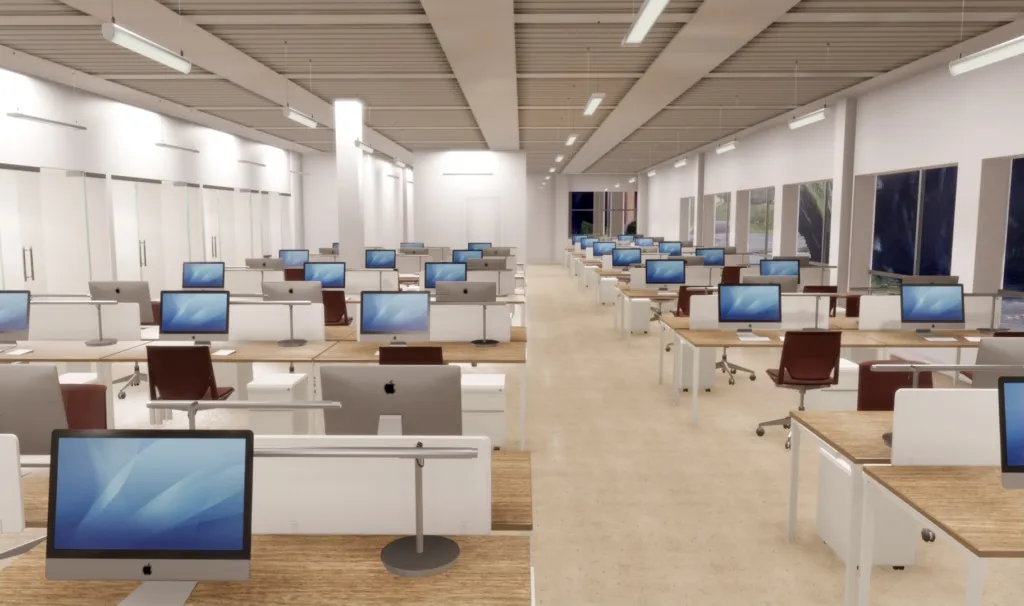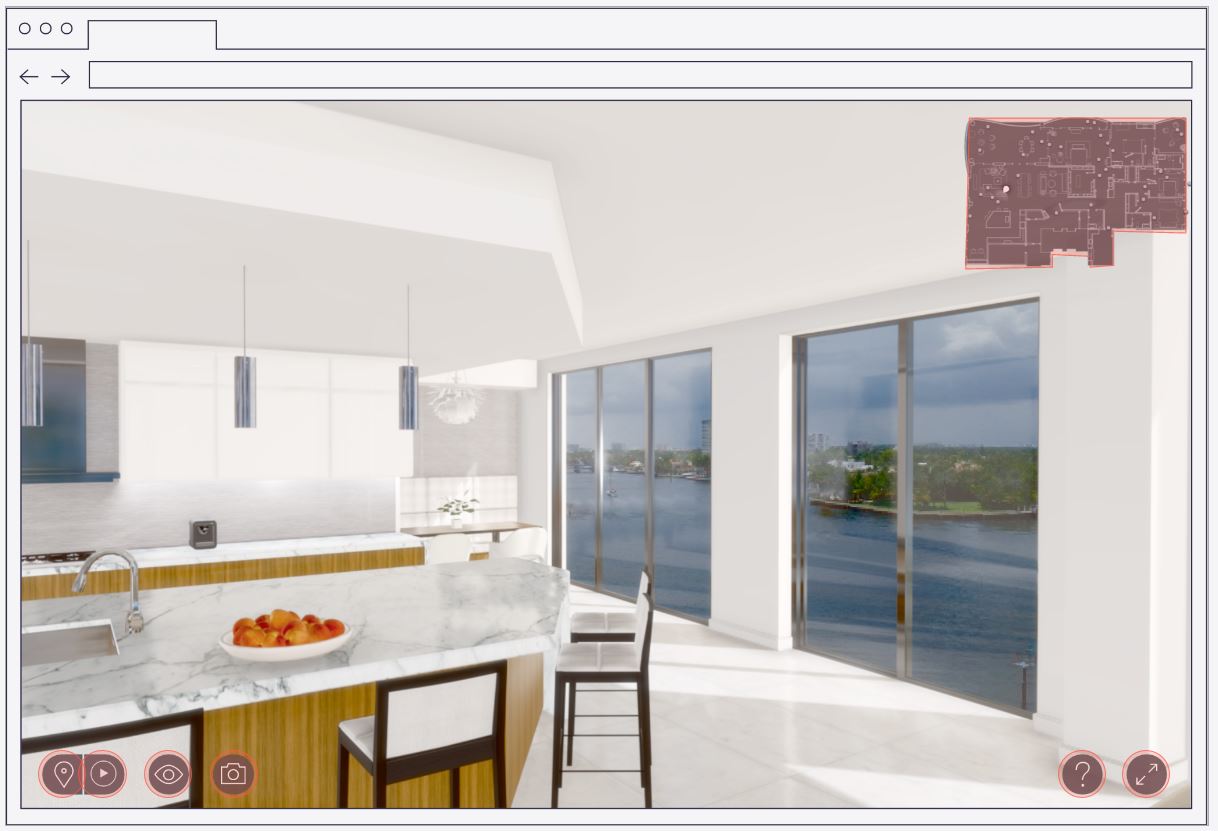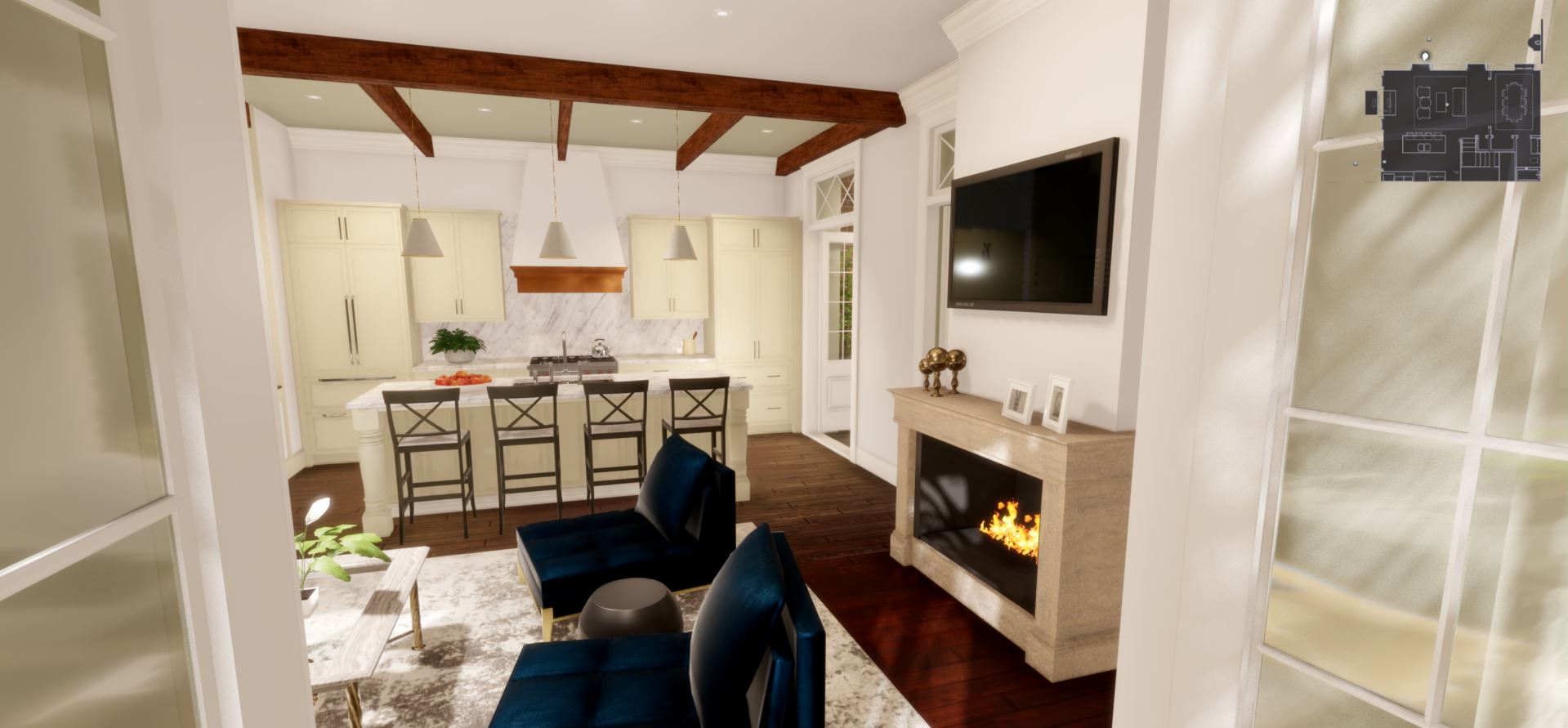Real estate, in a general sense, only affects the vast majority of the population when it comes time to move, at which point it suddenly becomes incredibly important. In today’s economy, people are often forced to move towards jobs or away from excessive cost. But, whether the decision is to move to New York City, Los Angeles, or any one of many rapidly gentrifying locations around the United States, there is always a question of cost and efficiency while planning these moves.
If, for example, you are looking to move to Los Angeles, you just might need to clear a chunk of time to account for travel between prospective homes. Traffic can be insane, hotel costs will add up, and, in the end, you may find that you’re not satisfied with any of the options that made the short list for that particular trip. Currently, all we can do in advance of these trips is to look at a few carefully curated pictures of the homes or, in even more complicated scenarios, a blueprint of a currently developing residential area. But in the near future, there may be other options.
Companies like Sotheby’s International Realty and Matterport have already started rolling out services that allow clients to take a 3D tour of luxury condos. As the technology approaches ubiquitous and the cost of engineering these experiences comes down, the prevalence of virtual tours is expected to rise. More companies are exploring other similar projects as well.
One issue this and other similar methods doesn’t account for, however, is in regards to residencies and retail spaces that are still in the process of being built.
Enter Floored, a company with its eyes set on allowing its clients to create immersive simulations for architectural ambitions that may not even be out of the early concept stages. The company has approximately 50 employees, roughly 20 of which work in software development, and has been creating 3D software since 2012. Peter Alden, VP of Sales for Floored, tells me that Virtual Reality was a very natural vertical for them. They already seem to be finding their footing in this new, niche market.
“As far as a fully immersive, interactive experience, we are the leader in Real Estate,” says Alden.
At this stage in the game, Alden tells me a healthy portion of their clientele is using the technology in a marketing capacity. After all, virtual reality is the logical next step in pitching a product after pictures and blueprints. “Why look at a picture, when you can walk through a world?” says Alden. “An image or a rendering may be beautiful but they leave a lot of questions unanswered”
It’s a well-argued case, really. It can be hard to convey just what you envision for a final product during the pitching phase of creation. And, if you happen to be pitching against a lot of competition, standing out is a critical goal. Alden tells me that Floored’s approach appeals to early adopters within the Real Estate field who have an eye for innovation.
“What we’re finding is, usually, the largest or most innovative type owners that really embrace these types of technologies, are the first to the market with this kind of experience. There may be a lot of ground-up development that people are trying to pre-lease but their marketing materials are all pretty similar. Now, what if one of them could stand out and actually immerse someone in this space? It would be much more compelling.”
The nature of these development pitches varies. Alden tells me that clients range from those who are creating retail space and are going to need early occupants, to developers looking for people to buy up real estate for their large scale renovation products. Virtual reality could help ease the mind of buyers who might be otherwise uncertain about how their visions will align with the final product.
Alden also tells me that, obviously, the best option for a buyer would be to walk through the space but, in the case of spaces that are still being created, VR offers the next best thing. He elaborates, “if you don’t have an actual space to walk around, if the building doesn’t exist yet, or it doesn’t look how you want it to for when you lease it or sell it, then there is no better experience than to virtually immerse someone into that world.”
Right now, the business of virtual reality in real estate seems largely focused on expensive projects that don’t have much bearing on the average consumer. It, however, seems plausible that these early adopters will set a trend that will change the way that most of us shop for housing.
According to Alden, it may just be a matter of time. “I absolutely think this will be very mainstream. I can’t tell you when. I can’t tell you if it’ll be 12 months or 36 months from now, as the technology improves, content creation costs go down, hardware becomes more accessible. We’re not even at the tip of the iceberg for what this VR/AR world is going to give us over the next decade or two.”
There’s a truth to that. Virtual reality is still new, and it’s anybody’s guess how quickly a population might adopt the technology and begin using it as part of their daily lives. What is clear, though, is that virtual reality’s a flexible technology with far-reaching utility and real estate is just another avenue to showcase the potential of VR and the effect it will have on our future. It would be hard to argue that a simulated environment isn’t a better suited alternative to what we currently have available — expensive trips, floor plans, and a handful of opportunistically chosen photos. Virtual reality can improve on this facet of our lives. The only hurdle, at this junction, is accessibility.
Benjamin Maltbie is a freelance writer with work featured in prominent media outlets such as Playboy and PC Gamer. You can follow him on Twitter: @BenjaminMaltbie.




























